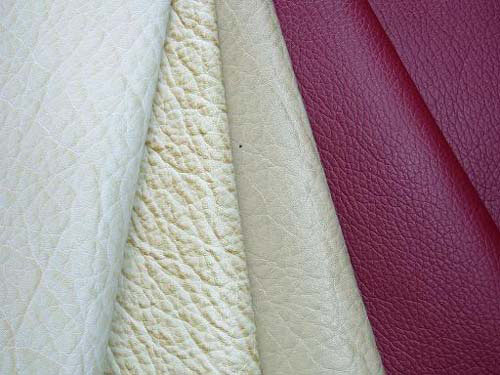
With the advancement of technology, PU synthetic leather has better performance than natural leather, and has a wider range of applications. It is also used in high-tech fields such as aerospace. At present, the global PU synthetic leather market scale is US-70 billion, mainly distributed in China, South Korea, Japan, South America, South Asia, Europe and other regions. China has nearly 2,000 large and small PU synthetic leather manufacturers (about 500 included in the statistics), ranking first in the world. It is foreseeable that the research and development of PU synthetic leather will continue to progress due to more and more updated needs of mankind. The future of PU synthetic leather will be colorful and brilliant. So, how does PU synthetic leather develop and progress? In addition to the continuous innovation of production processes, equipment, and substrates, perhaps more important is the development and innovation of additives.
Generally speaking, the innovation of PU synthetic leather is realized according to the following procedures: innovative additives are added to the PU synthesis process, PU resin + innovative additives + innovative base fabrics and other substrates + fillers + toner → through various innovative Process manufacturing = PU synthetic leather. It can be seen that the research and development of additives plays a vital role in the development of PU synthetic leather.
Additives are generally divided into the following five categories:
1. Resolve faults. Such as: defoamer, wetting agent, anti-pinhole agent, leveling aid, wet fixation agent, de-DMF aid, foam leveling aid, anti-sticking agent, interfacial fusion agent, tackifier, dispersant and many more. Such materials play a vital role in the manufacturing process of PU resin and PU synthetic leather. Without them, PU resin and PU synthetic leather cannot be produced normally;
2. Improve processing performance. Such as: high-peeling aids, anti-tear aids, anion (cation) ion penetrants, cell regulators, resin modifiers, filler addition accelerators, rubbing aids, modulus increasing agents, modulus reducing agents, Special embossing aids, aids for sticking gold foil, kneading aids, etc. These materials are an important part of PU resin and PU synthetic leather, which greatly changes their physical properties and feel to meet people's requirements;
3. Increase the functional categories that PU materials do not have. Such as: water repellent, antibacterial and antifungal agent, flame retardant, abrasion and scratch resistance, water repellent, high temperature anti-aging agent, leather flavor additives, yellowing resistance additives, cold resistance, hydrolysis resistance, breathable and water-absorbent materials, Anti-radiation materials, insulation materials, anti-far infrared materials, aromatic materials, luminescent materials, etc. The addition of this type of material enables synthetic leather to have functions that PU itself does not, and thus functional PU resin and functional PU synthetic leather have emerged to meet the needs of more human fields;
4. Adjust the surface effect and feel of PU synthetic leather. Such as: slipping agent, waxing feel agent, special color developing feel agent, powdery material, fog black material, burnt material, drape material, soft material, special shrink material for leather, fog wax material, color changing material, wet Wax-like materials and velvet-like materials mainly provide special effects on the surface of PU synthetic leather to meet people's individual needs and pursuit of fashion and beauty.
5. Surface treatment agent, special resin, etc. Traditionally, such materials are not in the category of additives. They are new materials produced by the combination or synthesis of additives and ordinary PU resin. Generally used for PU synthetic leather surface layer or coating layer, so that synthetic leather has a special surface effect and feel. According to the latest statistical standards of the China Plastics Processing Association, in order to unify the specifications, we have included surface treatment agents and special resins into the range of additives. Such as various surface agents such as matte, bright, velvety, waxy, powdery, astringent, etc., various special resins such as discoloration, cracking, crazy horse breathability, water absorption, polishing, color rubbing, and scorching. With the development of PU synthetic leather like middle-to-high grade, personalized and functional, the use of surface agents and special resins is increasing, and the varieties are increasing. It accounts for an increasing proportion of the manufacturing cost of PU synthetic leather.